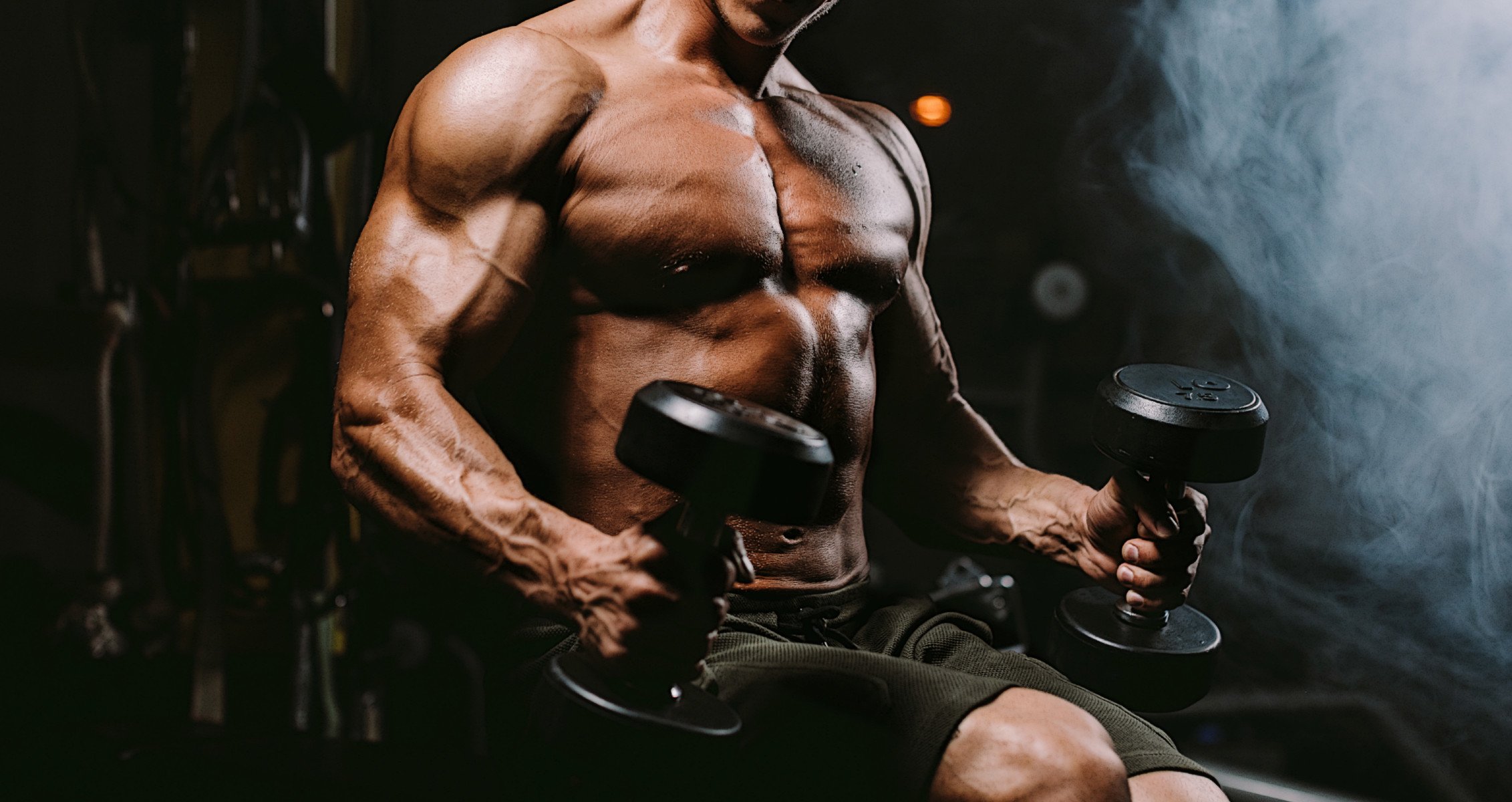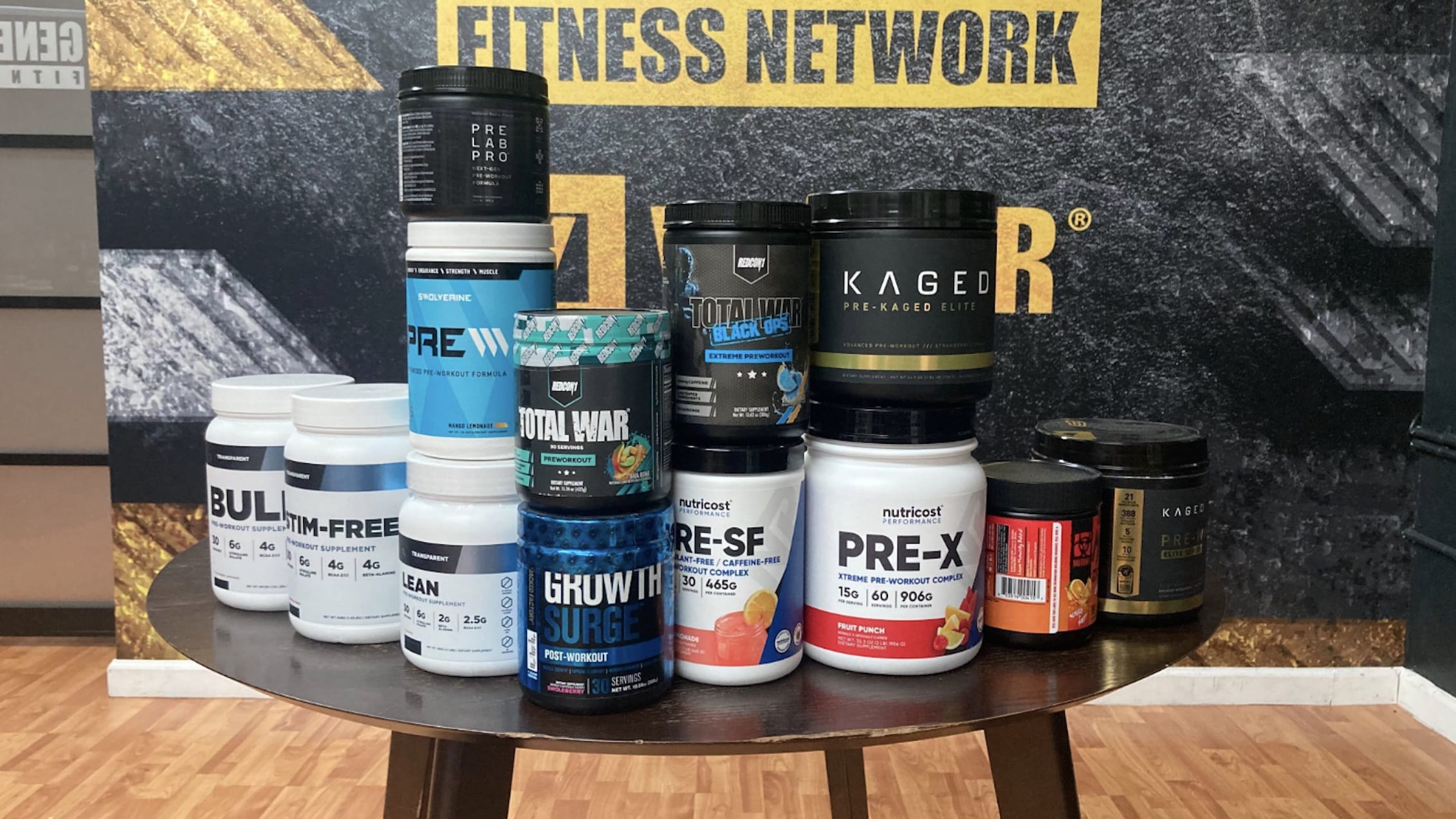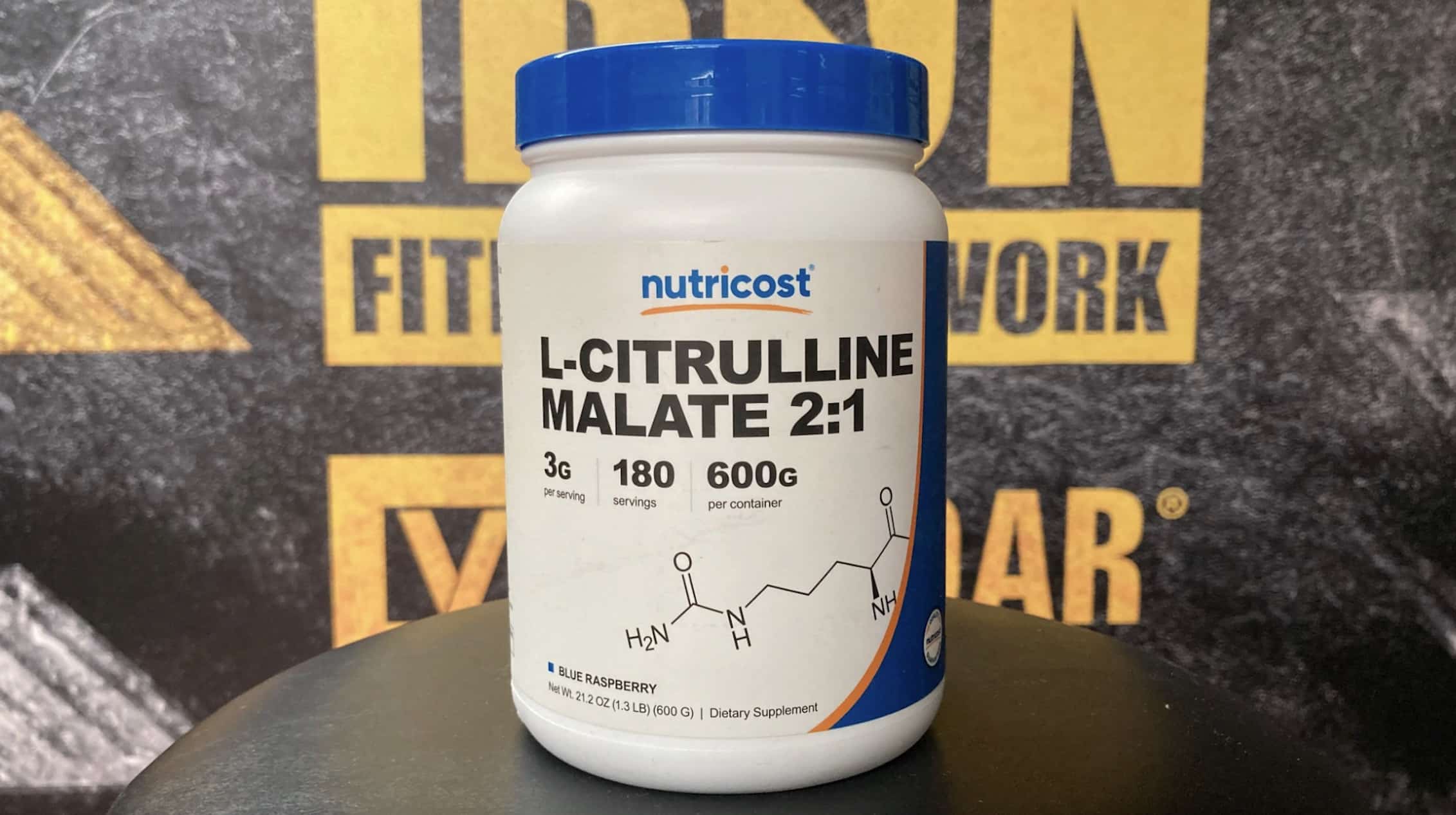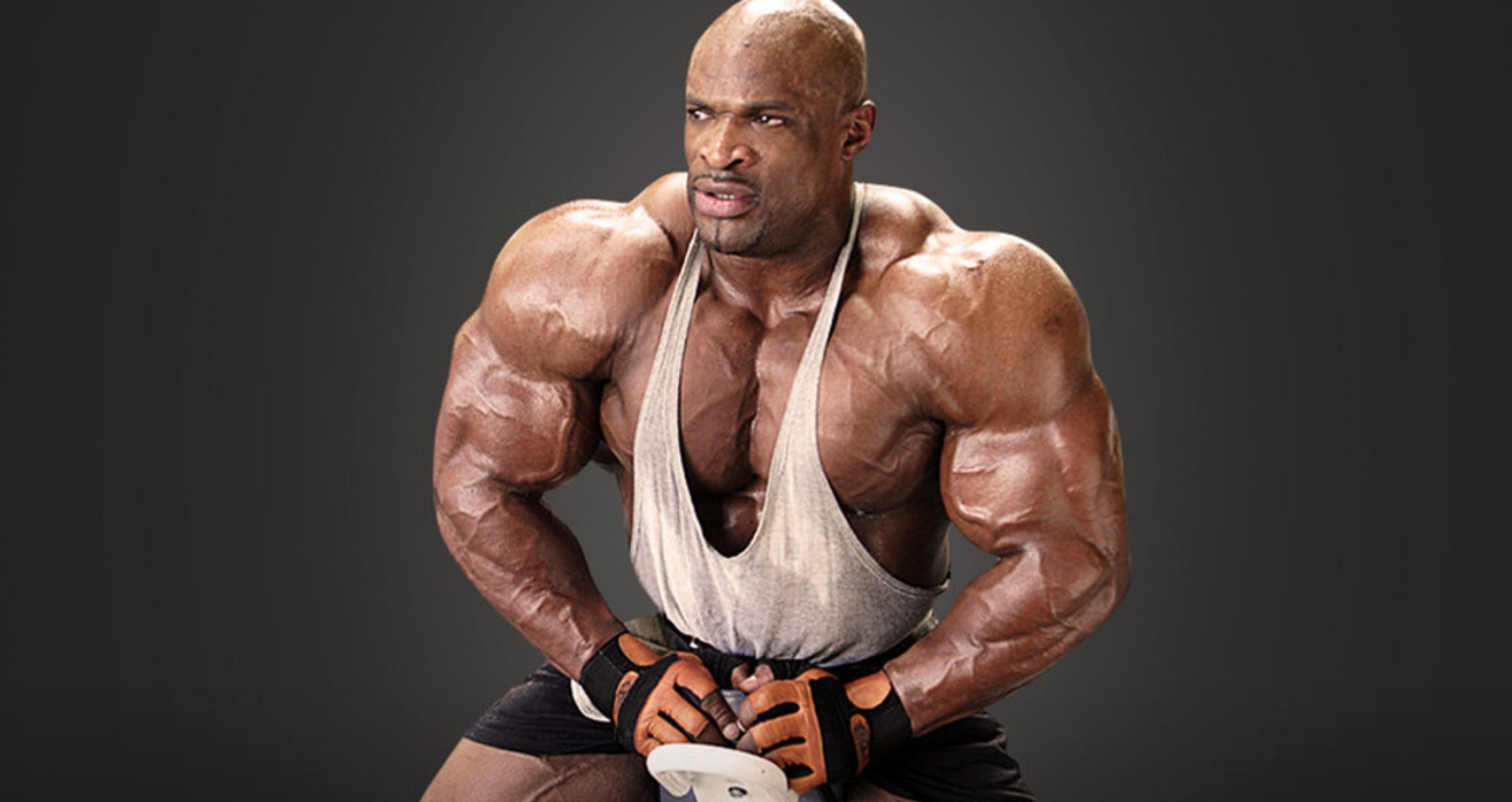Rack pulls are partial deadlifts that improve pulling strength while reducing injury risk.
Traditional deadlifts are essential weightlifting exercises that target the muscles in your posterior chain in both upper and lower bodies. As comprehensive full-body movements, they’re highly effective at burning fat and calories. Rack pulls, akin to deadlifts but with a reduced range of motion, offer a formidable alternative.
Despite the lesser range, research indicates that a partial range of motion can still significantly contribute to muscle growth (1). For those focusing on heavy loading rather than a full range of motion, rack pulls present an excellent option, with the added benefit of enhancing your lockout strength.
This article delves into the benefits of rack pulls, spotlighting the specific muscles targeted by this exercise. It provides a step-by-step tutorial on executing rack pulls with the correct technique. Moreover, the article suggests several alternative exercises that athletes can incorporate into their training to develop similar muscle groups, thereby diversifying their workout routines.
Techniques & Muscles Worked
Doing rack pulls for the back means you do a weightlifting routine that works your posterior deltoid, lats, rhomboids, traps, lower back, glutes, quadriceps, and hamstrings. However, the regular flexion and extension of the joints also help build and strengthen the hip and knees. This exercise also recruits core muscles like the abs and obliques, which help with stabilization.
Rack pulls focus more on the upper part of the deadlift, helping improve your lockout. You use a rack to do them, differentiating them from partial deadlifts. Remember not to round your back when performing this exercise, and keep your shoulders back to avoid injuries. The rack pull requires a power or half rack, a barbell loaded with weight plates, weightlifting straps, and a lifting belt for safety (optional). Below is a step-by-step guide on how to perform the rack pulls for back using proper form.
- Set the rack support above the knees and place the loaded barbell on it.
- Place your feet at shoulder-width length and slightly bend your hips and knees.
- With a double overhand or mixed grip, grasp the barbell with a slightly more than shoulder-width length (remember to keep your back straight and shoulders pulled back in this position). This is your starting position.
- Before initiating the lift, brace your core muscles, squeeze your shoulder blades, and load your hamstrings.
- Next, take a deep breath and slowly lift the barbell until your knees and hips are fully extended in a lockout. Pause for about two seconds in this position.
- Finally, return the bar with a controlled movement back to the starting position to finish the rep.
- Repeat for as many reps as you desire.
Benefits
Rack pulls for the back are a compound exercise that builds strength and size in your posterior chain and core muscles. Although they use a shorter range of motion, that doesn’t undermine the effect of this exercise. Check out the benefits of doing this exercise below.
Builds Your Posterior Chain
While the rack pull is the top half of a deadlift movement, it still builds your back and lower body muscles. Strengthening these posterior chain muscles makes movements easier, improving your quality of life. You’ll also be able to do athletic movements like running, jumping, and bending over to pick heavier objects better.
Improving Your Lockout
Regularly performing the rack pull for the back improves your lockout, making your training easier and smoother. A good lockout helps with proper form and stability and helps hit the target muscles differently during the deadlift. Rack pulls can be a way to transition to more effective full deadlifts.
Greater Grip Strength & Pulling Capacity
Due to the heavier loading of the rack pull, it requires a stronger grip. Over time, this improves your overall grip strength. Rack pulls also improve your pulling capacity by working on your grip strength.
Activates Core Muscles
The rack pull for the back requires a lot of stability to execute. This exercise places constant tension on core muscles, which improves form and posture. A stronger core means better load distribution, lower chances of injuries, and better coordination and balance.
Breakthrough Your Deadlift Plateau
Some ways to break through a plateau are by mixing up other exercises to target similar muscle groups. Rack pulls can help you break through a deadlift plateau by improving the top part of your deadlift motion and your lockout position.
Less Strain on Lower Back
This exercise focuses on the top half of the lift, which means it differs from the deadlift with a shorter range of motion. It places less stress on the spine and lower back. So, if you’re worried about your lower back, you can perform this exercise and build similar muscle groups, just like the deadlift.
Carryover to Other Routines
Regularly performing this exercise improves your form and pulling strength. This helps improve your form for more advanced exercises like pull-ups and deadlifts. You can also use the gains to improve your CrossFit training and Olympic movements like the snatch and power cleans.
Alternatives
Rack pulls are excellent exercises for building your posterior chain and back muscles. They also work the core muscles. However, research has shown that integrating other exercises and training techniques that build similar muscle groups could help you prevent or break through a training plateau, optimizing strength and muscle gains (2). Here’s a list of alternative exercises to build similar muscles.
Pull-Ups
Pull-ups are bodyweight exercises that work your back, shoulders, arms, and core muscles. Depending on your training goals, you can tweak your grip position and length to focus on specific muscles.
Pendlay Rows
The Pendlay row is a strict form of weight training that targets muscles similar to the rack pull for the back. It focuses on explosive power and building muscle and strength in the posterior chain and lower body muscles.
Cable Pull-Throughs
The cable pull-through is a cable machine routine that utilizes a hip extension movement. It also works the posterior chain and helps improve your lockout. Additionally, the tension from the cable puts constant pressure on your target muscles, which is good for muscle growth.
FAQs
Is rack pull good for the back?
Yes, rack pulls for the back are an excellent exercise for training your back. They work your traps, lats, and posterior delts. Even with a reduced range of motion, they focus on developing the top half of your movement.
How do you do a rack pull for the back?
To do a rack pull for the back, you need a power rack or a half rack and a loaded barbell. For safety, you could add weight-lifting straps and a belt. The exercise guide above provides instructions on performing this exercise properly.
Which muscles do rack pulls work?
Rack pulls for the back are a strength training exercise that works your posterior deltoids, rhomboids, traps, back, glutes, quadriceps, and hamstrings. The constant flexion and extension of the joints also strengthen your hip and knee. Finally, this exercise activates your core muscles, which help with stabilization.
Follow Generation Iron on Instagram, Facebook, and Twitter for more workout tips!
References
- Goto, M., Maeda, C., Hirayama, T., Terada, S., Nirengi, S., Kurosawa, Y., Nagano, A., & Hamaoka, T. (2019). Partial Range of Motion Exercise Is Effective for Facilitating Muscle Hypertrophy and Function Through Sustained Intramuscular Hypoxia in Young Trained Men. Journal of strength and conditioning research, 33(5), 1286–1294. https://doi.org/10.1519/JSC.0000000000002051
- Krzysztofik, M., Wilk, M., Wojdała, G., & Gołaś, A. (2019). Maximizing Muscle Hypertrophy: A Systematic Review of Advanced Resistance Training Techniques and Methods. International journal of environmental research and public health, 16(24), 4897. https://doi.org/10.3390/ijerph16244897


